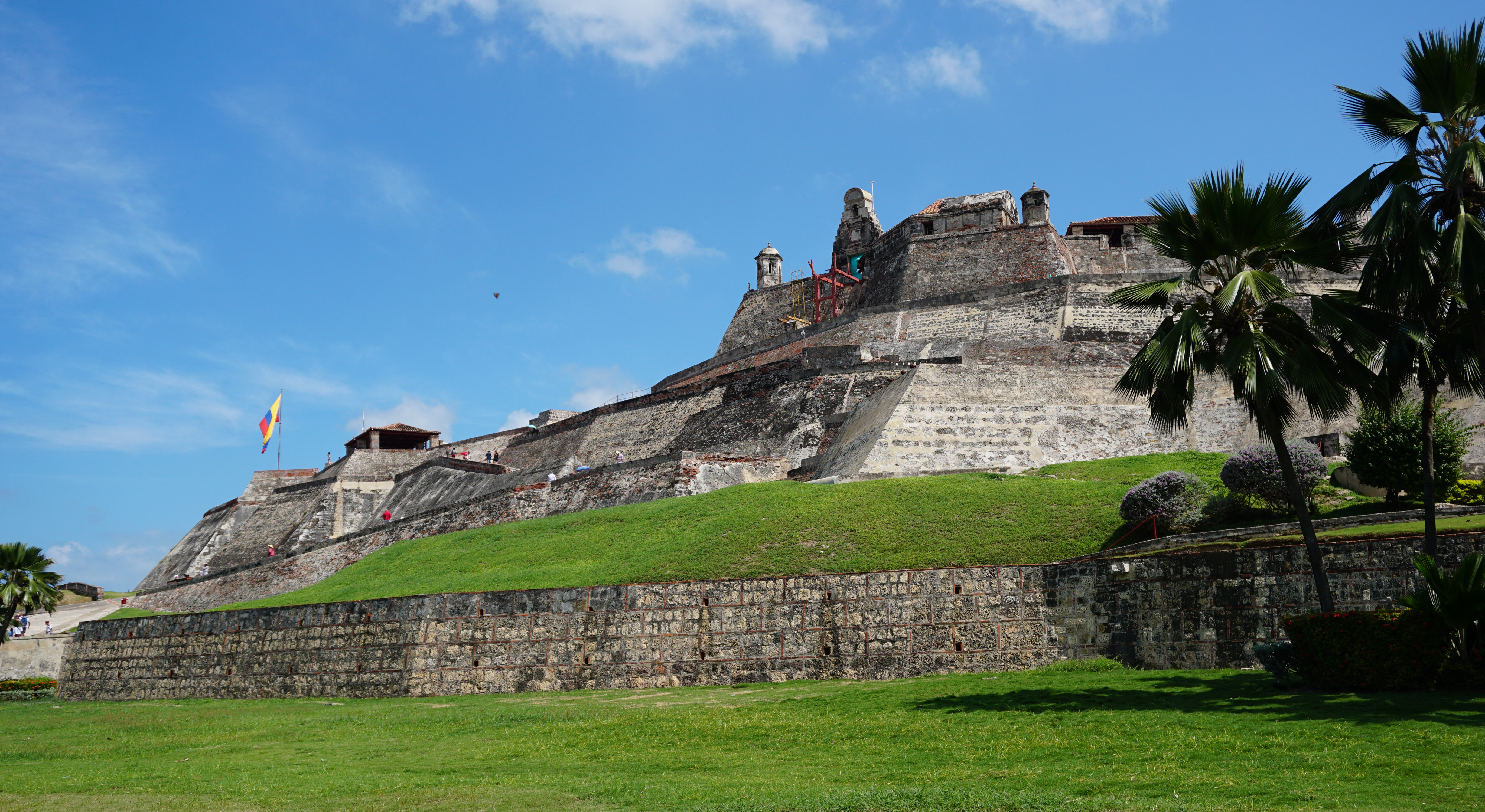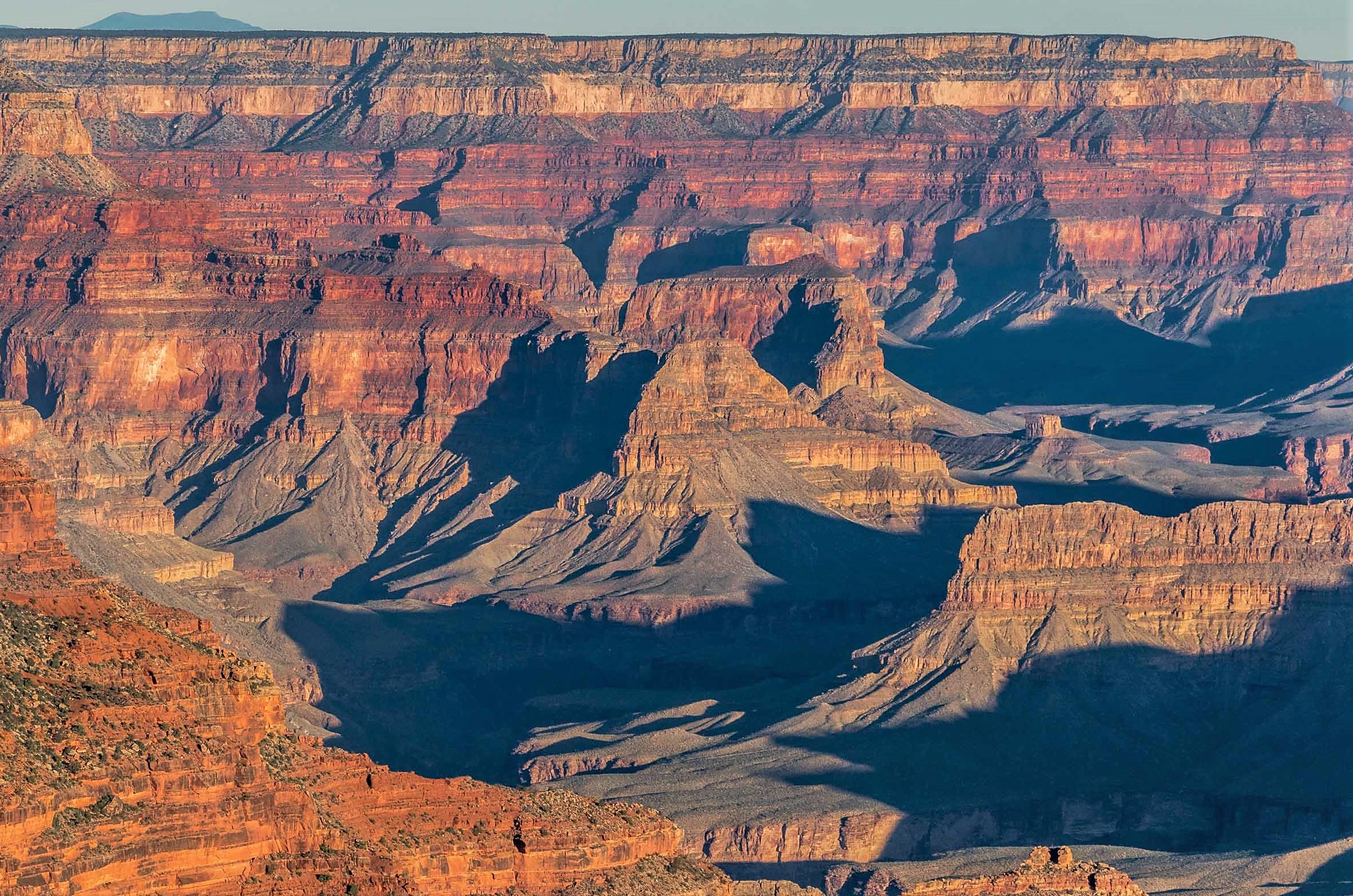|
Lizq
Lizq is an archaeological site in Ash Sharqiyah, Oman. Located on a mountain lying in a plain, 1000 m south-east of the south-eastern edge of the Lizq palm garden, the fort dates to the Lizq-Rumaylah/Early Iron Age. Description The site was discovered in 1979 during the archaeological exploration of Gerd Weisgerber of the German Mining Museum (''Deutsches Bergbau-Museum'') in Bochum. Shaikh Hamdan al-Harthy of Samad led Weisgerber to the site. In 1981 a single season long German archaeological team mapped and conducted minimal rescue excavation. They did an ad hoc restoration of the stairs which lead up the northern face of the mountain. Since there are several sites near Lizq town, the fort is disambiguated as 'L1'. The Lizq fort owes its existence to the reliable occurrence of water at a natural causeway at the southern side of the central mountains. The main fort on the western mountain peak is some 175 m wide and has a surface of more than 20.000 m2 in surface area. This ma ... [...More Info...] [...Related Items...] OR: [Wikipedia] [Google] [Baidu] |
Archaeology Of Oman
The present-day Sultanate of Oman lies in the south-eastern Arabian Peninsula. There are different definitions for Oman: traditional Oman includes the present-day United Arab Emirates (U.A.E.), though its prehistoric remains differ in some respects from the more specifically defined Oman proper, which corresponds roughly with the present-day central provinces of the Sultanate. In the north, the Oman Peninsula is more specific, and juts into the Strait of Hormuz. The archaeology of southern Oman Dhofar develops separately from that of central and northern Oman. Different ages are reflected in typological assemblages, Old Stone (Paleolithic) Age, New Stone (Neolithic) Age, Copper Age, Bronze Age, Early Iron Age, Late Iron Age'','' and the Age of Islam. A "period" is an inferred classification from recurring artifact assemblages, sometimes associated with cultures. Ages, on the other hand, are on a much larger scale; they are conventional, but difficult to date absolutely—partial ... [...More Info...] [...Related Items...] OR: [Wikipedia] [Google] [Baidu] |
Eastern Arabia
Eastern Arabia, historically known as al-Baḥrayn ( ar, البحرين) until the 18th century, is a region stretched from Basra to Khasab along the Persian Gulf coast and included parts of modern-day Bahrain, Kuwait, Eastern Saudi Arabia, United Arab Emirates, Qatar, and Oman. The entire coastal strip of Eastern Arabia was known as "Bahrain" for a millennium. Until very recently, the whole of Eastern Arabia, from the Shatt al-Arab to the mountains of Oman, was a place where people moved around, settled and married unconcerned by national borders. The people of Eastern Arabia shared a culture based on the sea; they are seafaring peoples. The Arab states of the Persian Gulf are all located in Eastern Arabia. The modern-day states of Bahrain, Kuwait, Oman, Qatar and UAE are the most commonly listed Gulf Arab states; Saudi Arabia is often considered a Gulf Arab state as well, but most of the country's inhabitants do not live in Eastern Arabia, with the exception of the Bahra ... [...More Info...] [...Related Items...] OR: [Wikipedia] [Google] [Baidu] |
Fortification
A fortification is a military construction or building designed for the defense of territories in warfare, and is also used to establish rule in a region during peacetime. The term is derived from Latin ''fortis'' ("strong") and ''facere'' ("to make"). From very early history to modern times, defensive walls have often been necessary for cities to survive in an ever-changing world of invasion and conquest. Some settlements in the Indus Valley civilization were the first small cities to be fortified. In ancient Greece, large stone walls had been built in Mycenaean Greece, such as the ancient site of Mycenae (famous for the huge stone blocks of its ' cyclopean' walls). A Greek '' phrourion'' was a fortified collection of buildings used as a military garrison, and is the equivalent of the Roman castellum or English fortress. These constructions mainly served the purpose of a watch tower, to guard certain roads, passes, and borders. Though smaller than a real fortress, th ... [...More Info...] [...Related Items...] OR: [Wikipedia] [Google] [Baidu] |
Stone
In geology, rock (or stone) is any naturally occurring solid mass or aggregate of minerals or mineraloid matter. It is categorized by the minerals included, its Chemical compound, chemical composition, and the way in which it is formed. Rocks form the Earth's outer solid layer, the Earth's crust, crust, and most of its interior, except for the liquid Earth's outer core, outer core and pockets of magma in the asthenosphere. The study of rocks involves multiple subdisciplines of geology, including petrology and mineralogy. It may be limited to rocks found on Earth, or it may include planetary geology that studies the rocks of other celestial objects. Rocks are usually grouped into three main groups: igneous rocks, sedimentary rocks and metamorphic rocks. Igneous rocks are formed when magma cools in the Earth's crust, or lava cools on the ground surface or the seabed. Sedimentary rocks are formed by diagenesis and lithification of sediments, which in turn are formed by the weathe ... [...More Info...] [...Related Items...] OR: [Wikipedia] [Google] [Baidu] |
Early Iron Age
The Iron Age is the final epoch of the three-age division of the prehistory and protohistory of humanity. It was preceded by the Stone Age (Paleolithic, Mesolithic, Neolithic) and the Bronze Age (Chalcolithic). The concept has been mostly applied to Iron Age Europe and the Ancient Near East, but also, by analogy, to other parts of the Old World. The duration of the Iron Age varies depending on the region under consideration. It is defined by archaeological convention. The "Iron Age" begins locally when the production of iron or steel has advanced to the point where iron tools and weapons replace their bronze equivalents in common use. In the Ancient Near East, this transition took place in the wake of the Bronze Age collapse, in the 12th century BC. The technology soon spread throughout the Mediterranean Basin region and to South Asia ( Iron Age in India) between the 12th and 11th century BC. Its further spread to Central Asia, Eastern Europe, and Central Europe is somew ... [...More Info...] [...Related Items...] OR: [Wikipedia] [Google] [Baidu] |
Stephan Kroll
{{disambiguation ...
Stephan may refer to: * Stephan, South Dakota, United States * Stephan (given name), a masculine given name * Stephan (surname), a Breton-language surname See also * Sankt-Stephan * Stefan (other) * Stephan-Oterma * Stephani * Stephen (other) * von Stephan Ernst Heinrich Wilhelm von Stephan (born Heinrich Stephan, January 7, 1831 – April 8, 1897) was a general post director for the German Empire who reorganized the German postal service. He was integral in the founding of the Universal Postal Un ... [...More Info...] [...Related Items...] OR: [Wikipedia] [Google] [Baidu] |
Oman
Oman ( ; ar, عُمَان ' ), officially the Sultanate of Oman ( ar, سلْطنةُ عُمان ), is an Arabian country located in southwestern Asia. It is situated on the southeastern coast of the Arabian Peninsula, and spans the mouth of the Persian Gulf. Oman shares land borders with Saudi Arabia, the United Arab Emirates, and Yemen, while sharing maritime borders with Iran and Pakistan. The coast is formed by the Arabian Sea on the southeast, and the Gulf of Oman on the northeast. The Madha and Musandam exclaves are surrounded by the United Arab Emirates on their land borders, with the Strait of Hormuz (which it shares with Iran) and the Gulf of Oman forming Musandam's coastal boundaries. Muscat is the nation's capital and largest city. From the 17th century, the Omani Sultanate was an empire, vying with the Portuguese and British empires for influence in the Persian Gulf and Indian Ocean. At its peak in the 19th century, Omani influence and control extended ac ... [...More Info...] [...Related Items...] OR: [Wikipedia] [Google] [Baidu] |
Ash Sharqiyah North Governorate
Ash Sharqiyah North Governorate ( ar, مُحَافَظَة شَمَال ٱلشَّرْقِيَّة, Muḥāfaẓat Šamāl aš-Šarqīyah, English: Northeastern Governorate) is a governorate of Oman. It was created on 28 October 2011, when Ash Sharqiyah Region was split into Ash Sharqiyah North Governorate and Ash Sharqiyah South Governorate. The centre of the governorate is the '' wilāyah'' (province) of Ibra. Provinces Ash-Sharqiyah North Governorate consists of six ''wilāyāt'': * Al-Qabil ( ar, ٱلْقَابِل), population (2017): 23,824 * Al-Mudhaibi ( ar, المضيبي), population (2017): 117,691 * Bidiya ( ar, بدية), population (2017): 40,812 * Dema Wa Thaieen ( ar, دماء والطائيين), population (2017): 26,817 * Ibra ( ar, إبراء), population (2017): 57,561 * Wadi Bani Khalid, population (2017): 12,518 Demographics See also * Eastern Arabia Eastern Arabia, historically known as al-Baḥrayn ( ar, البحرين) until the 18th century, ... [...More Info...] [...Related Items...] OR: [Wikipedia] [Google] [Baidu] |
Ash Sharqiyah Region (Oman)
Ash-Sharqiyyah Region ( ar, ٱلْمِنْطَقَة ٱلشَّرْقِيَّة, Al-Minṭaqah Ash-Sharqiyyah, lit=The Eastern Region) was the eastern ''mintaqah, minṭaqah'' (Administrative divisions of Oman, region) of the Sultanate of Oman. The capital of Ash-Sharqiyyah is Sur, Oman, Sur. On 28 October 2011 Ash Sharqiyah Region was split into Ash Sharqiyah North Governorate and Ash Sharqiyah South Governorate. Ash Sharqiyah Region consisted of eleven Provinces of Oman, provinces (''Wilayah, Wilāyāt''): Sur, Oman, Sur, Ibra, Al-Mudhaibi, Al Kamil Wal Wafi, Al-Kamil Wal-Wafi, Jalan Bani Bu Hassan, Jalan Bani Bu Ali, Wadi Bani Khalid, Dema Wa Thaieen, Bidiya, Al Qabil, and Masirah Island, Massirah. The main City, cities are Sur and Ibra. History Archaeology In November 2019, 45 well-preserved tombs covering a 50-80 square metre area and a settlement, dating back to beginning of the Iron Age, were discovered in Al-Mudhaibi by archaeologists from Oman and Heidelberg Universi ... [...More Info...] [...Related Items...] OR: [Wikipedia] [Google] [Baidu] |





